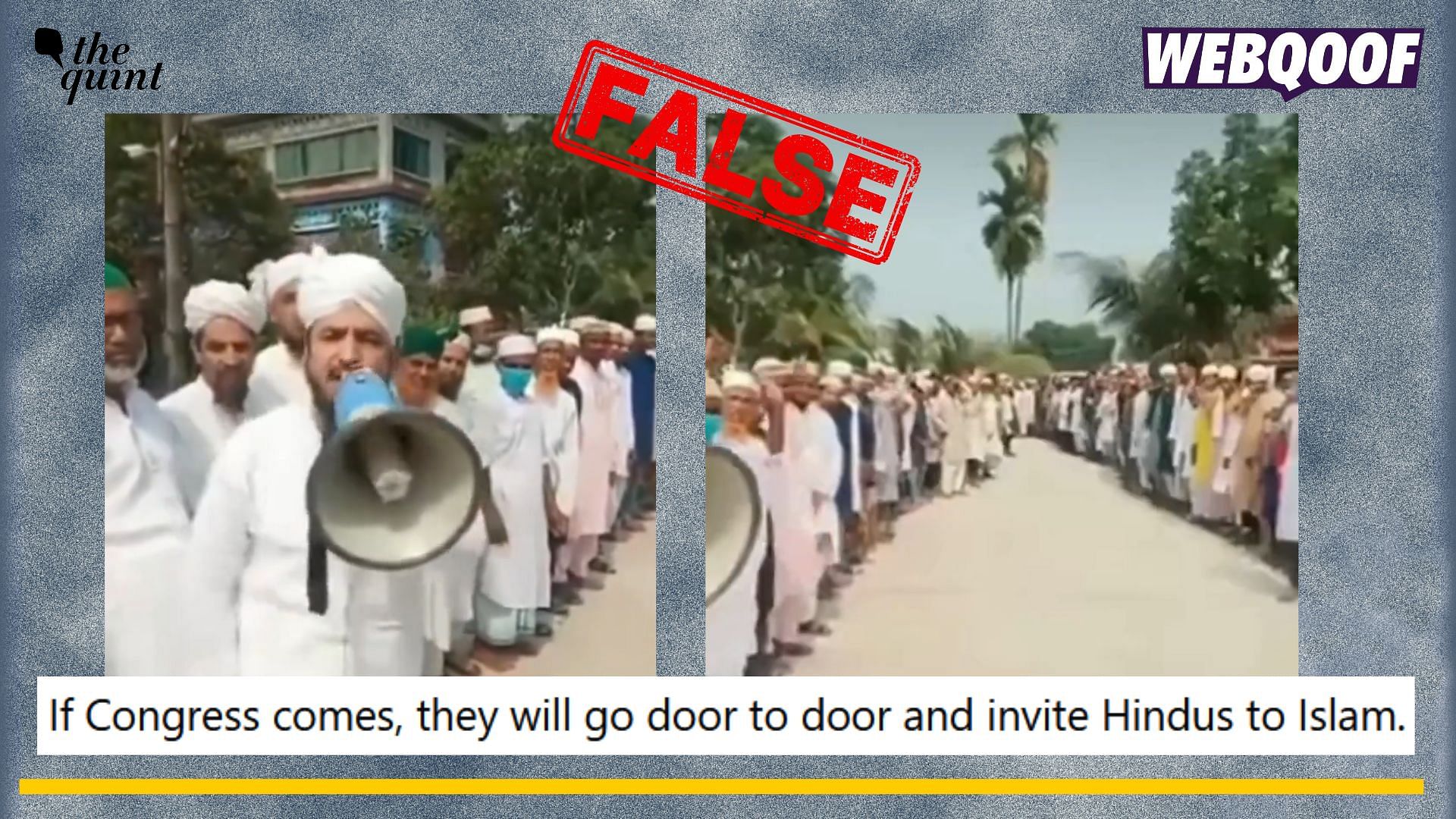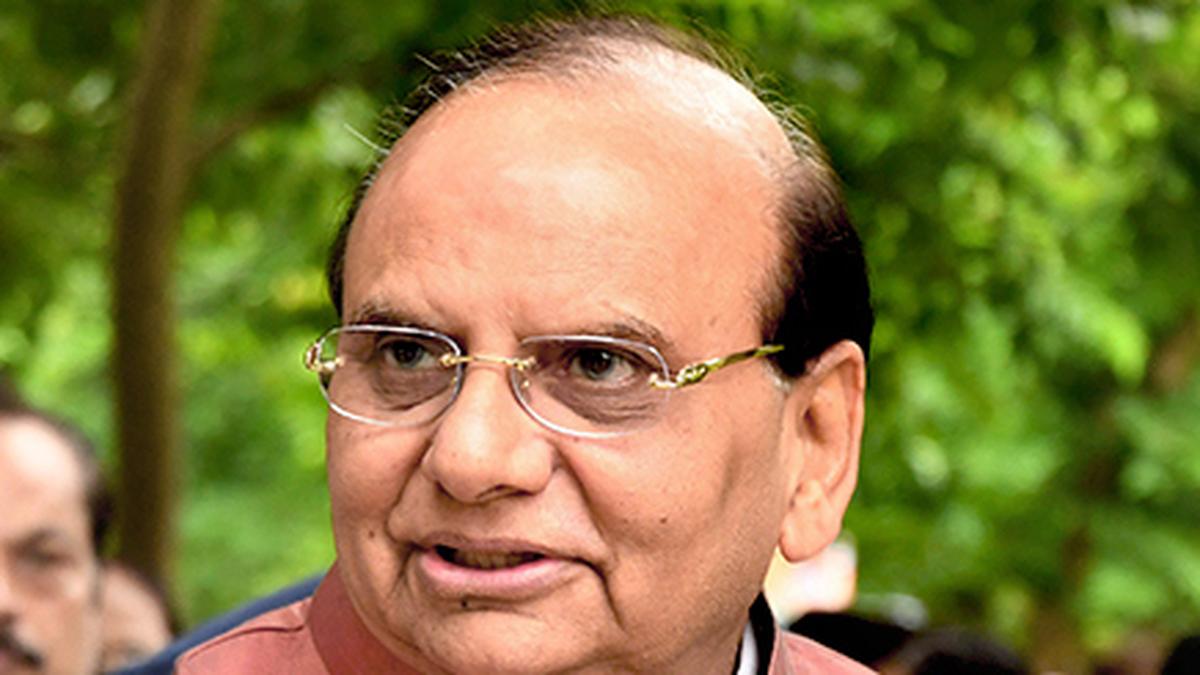There are hardly any red flags left at Hathighisa village in Naxalbari except for at the house of the late Naxal leader Kanu Sanyal which remains locked. As the Darjeeling seat, under which lies Hathigisha that had stood witness to the Naxal movement, goes to polls on April 26, neither the Communist Party of India (Marxist- Leninist) Liberation or the Communist Party of India (Marxist) has fielded any candidate from it. The only left-leaning party that has named a candidate from the seat is Socialist Unity Centre of India (Communist).
Next to the house of Sanyal lives Shanti Munda, alias Shanti Sarkar, the last of the surviving leaders who had participated in the movement in the late 1960s. “I could not attend the meeting in Kolkata held last month and I am not sure why we do not have a candidate from here,” Ms. Munda said.
Abhijit Mazumdar, a leader of CPI(ML) Liberation and son of the late Communist leader Charu Majumdar, said the party is fielding only one candidate from West Bengal for the Lok Sabha polls from the Bardhaman Purba Lok Sabha seat.
“I had contested the Lok Sabha elections from Darjeeling in 2009 and in the last elections our party supported the CPI(M) candidate,” Mr. Majumdar said. Under the Left-Congress electoral understanding, the CPI(M) has left the Darjeeling seat to the Congress, which has fielded Delhi-based academic Munish Tamang from the seat.
Ms. Munda, 82, recalls that when Sanyal was alive people would flock to Hathigisha village. She said the BJP’s promise of making Hathigisha a model village has fallen flat.
“In 2014 Ahluwalia (BJP MP from Darjeeling S. S. Ahluwalia) told me that Kanu Sanyal wanted to bring revolution through guns and I will change the village through papers and legal documents. Nothing has changed in the past ten years,” Ms. Munda said.

Shanti Munda, now 82, is one of the last-surviving activists who participated in the Naxalbari uprising in the 1960s. | Photo Credit: Shiv Sahay Singh
Recalling the Naxalite movement, Ms. Munda said that she was young and had to flee and hide in the adjoining riverbed with a 15-day-old baby. “I hid in the fields and near a riverbed all day long and at one point I thought the baby had stopped breathing. I was in two minds whether I should throw the baby into the river. But then I recalled the stories of the hardship endured by people during the Long March in China, which was told to us by Kanu Sanyal,” she said. Sanyal, one of the main leaders of Naxalbari uprising, died at Hatighisa on March 23, 2010.
Reflecting on the politics of violence unleashed by the Naxalbari uprising, Ms. Munda said she did not believe in “khatamer rajniti (politics of killing)”. “If you kill a zamindar then they have children and other relatives. How many will you kill,” she asked.
“I used to have differences with Kanu babu on that. He had also admitted that politics of killing was not the right course,” said Ms. Munda who receives an old age pension from the State government.
Not far from Hatighisa is Bengai Jote village where the Naxal movement became a revolution. Next to Bengai Jote Primary school stands the memorial erected in red with names of nine people and two children killed in police firing on May 25, 1967. Bust of nine leaders stand at the memorial including those of the leaders of Naxalbari movement Majumdar, Saroj Dutta and Mahadeb Mukherjee sharing the space with communist icons Mao Zedong, Lenin and Karl Marx. The memorials had a fresh coat of red paint in 2018 to mark 50 years of Naxal movement.

 2 weeks ago
115
2 weeks ago
115


